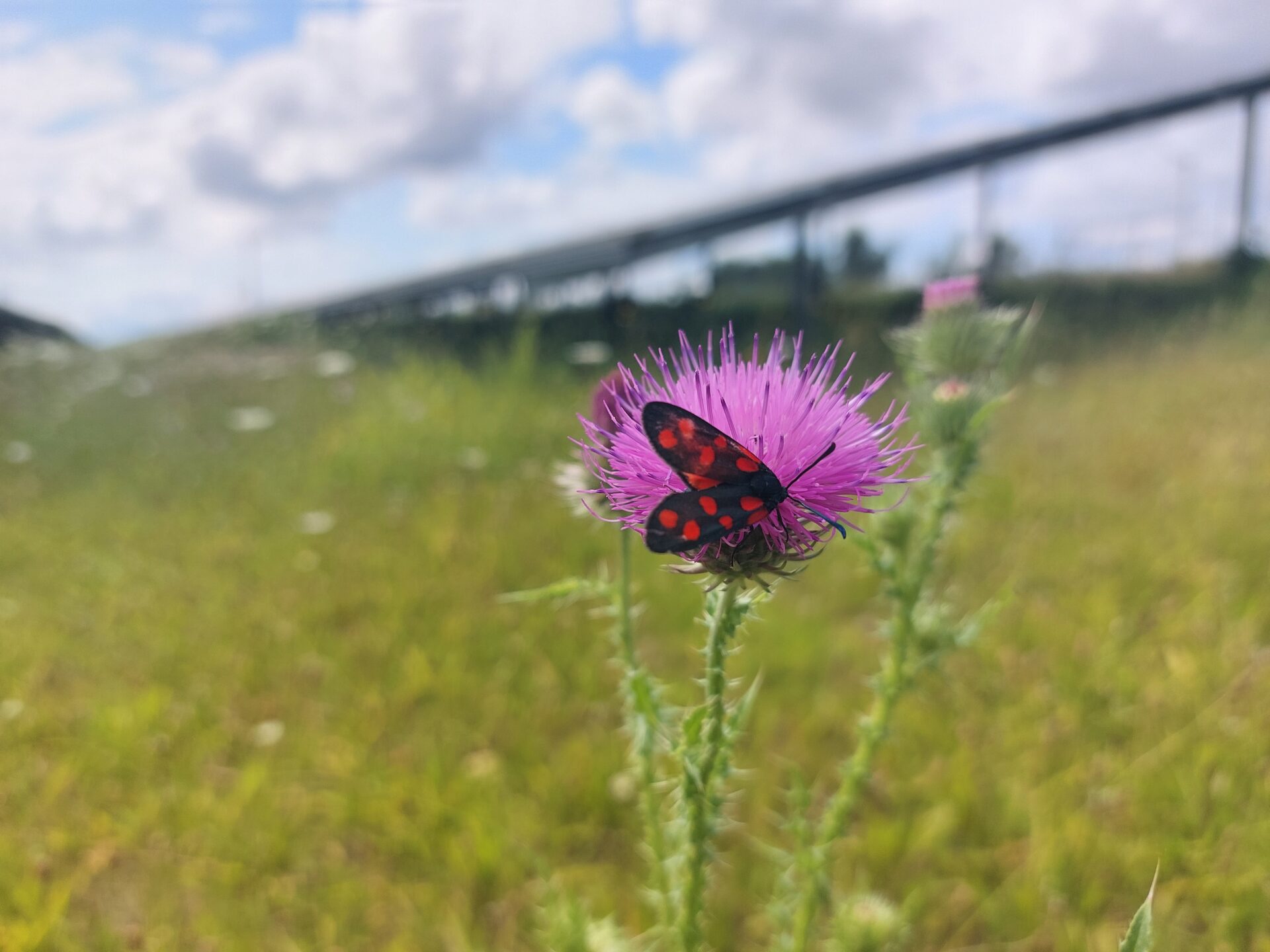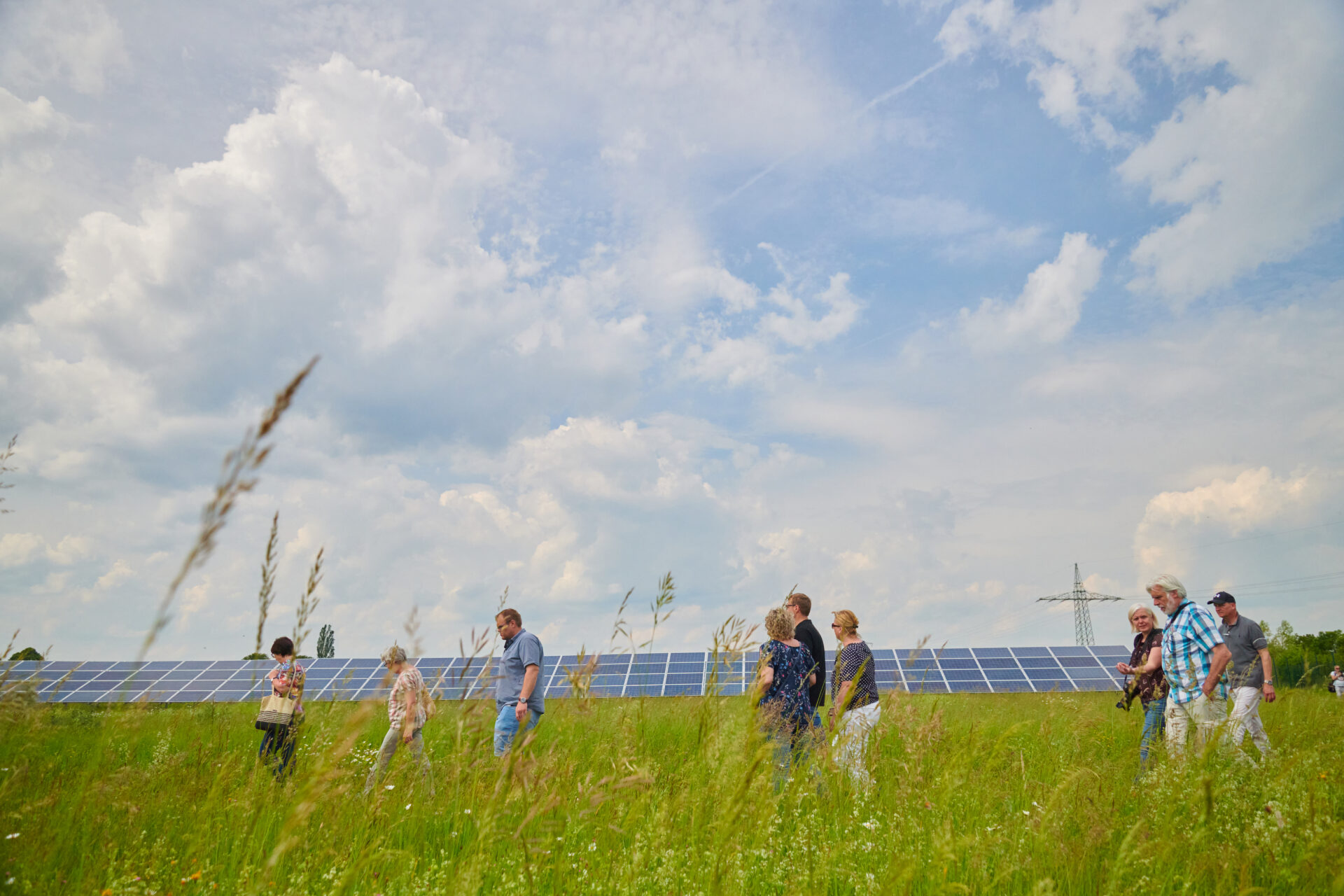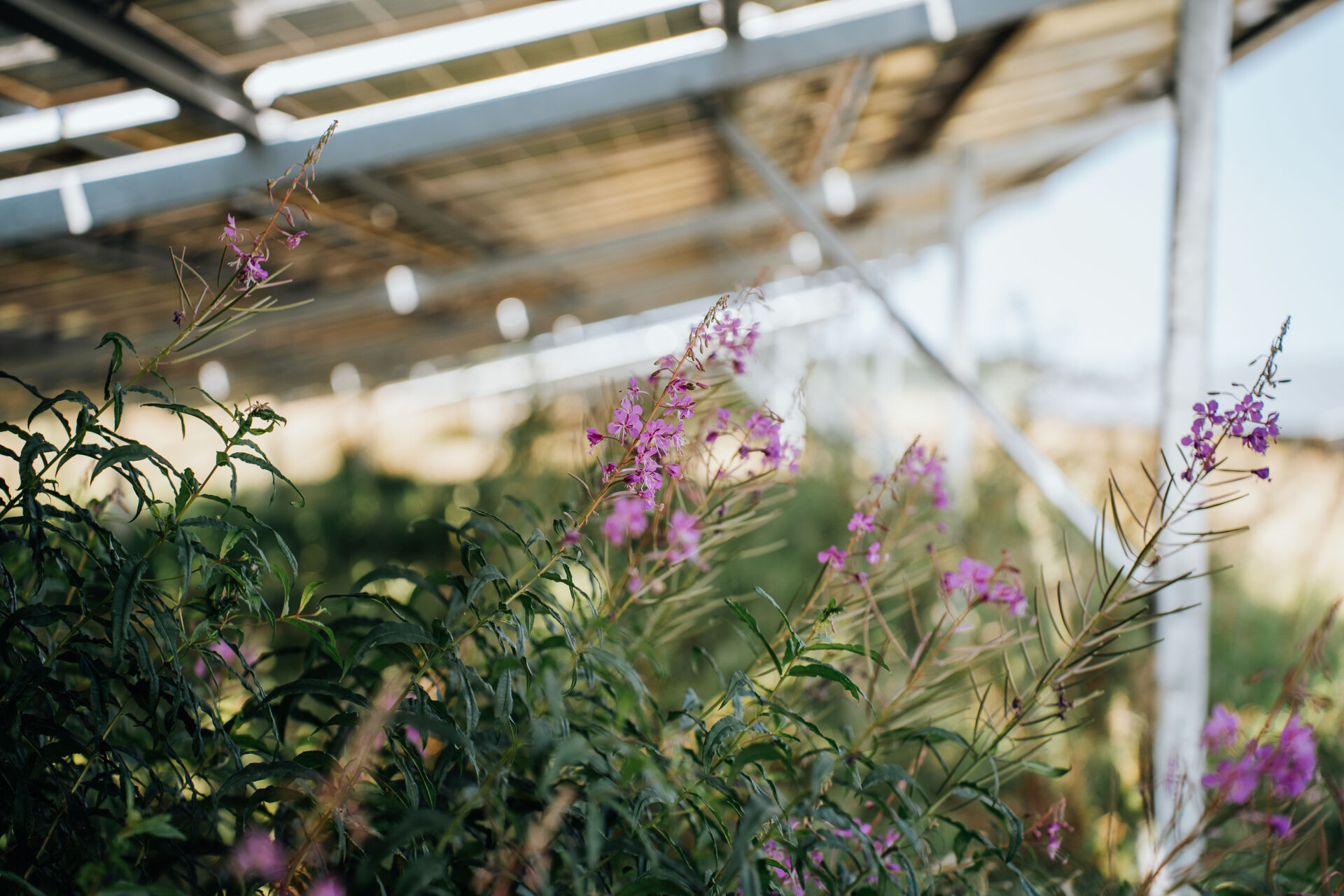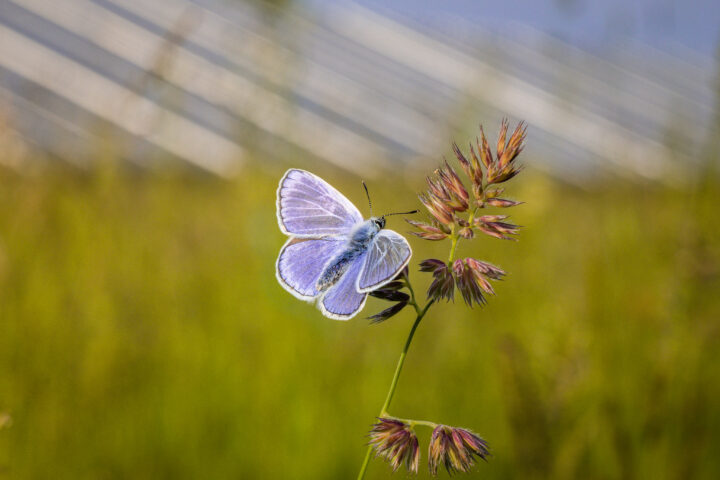On 27 March 2025, the bne conference "Biodiversity in solar parks" in Berlin, where the results of the comprehensive study on biodiversity in ground-mounted PV systems were presented. The event attracted around 80 participants on site and reached More than 925 viewers in the livestream. Over 200 questions from the chat clearly show that Broad public and professional interest on the topic.
The Conference was recorded and is now available in the Media centre for the study and on the YouTube channel of the bne available. We are currently working on an English translation of the study results.
Diverse conference programme
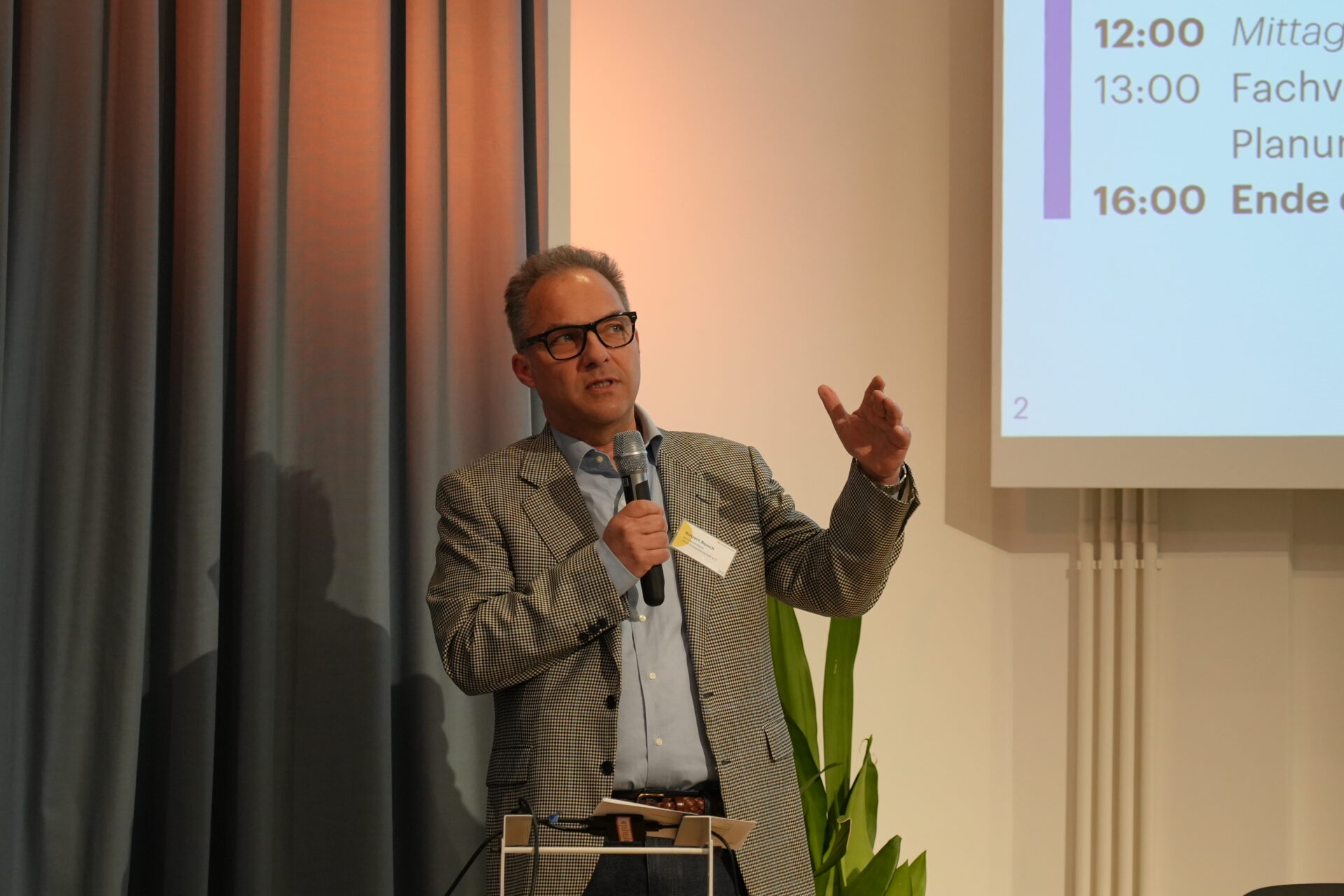
Robert BuschManaging Director of the Federal Association of the New Energy Economy (bne) opened the event and emphasised the importance of great benefit of the extensive study results will have in practice.
Subsequently, the Study authors Dr Tim Peschel and Rolf Peschel the most important Findings from the study presentedto provide an overview of the content of the study. The Recording can be found in the Media centre for the study at any time.
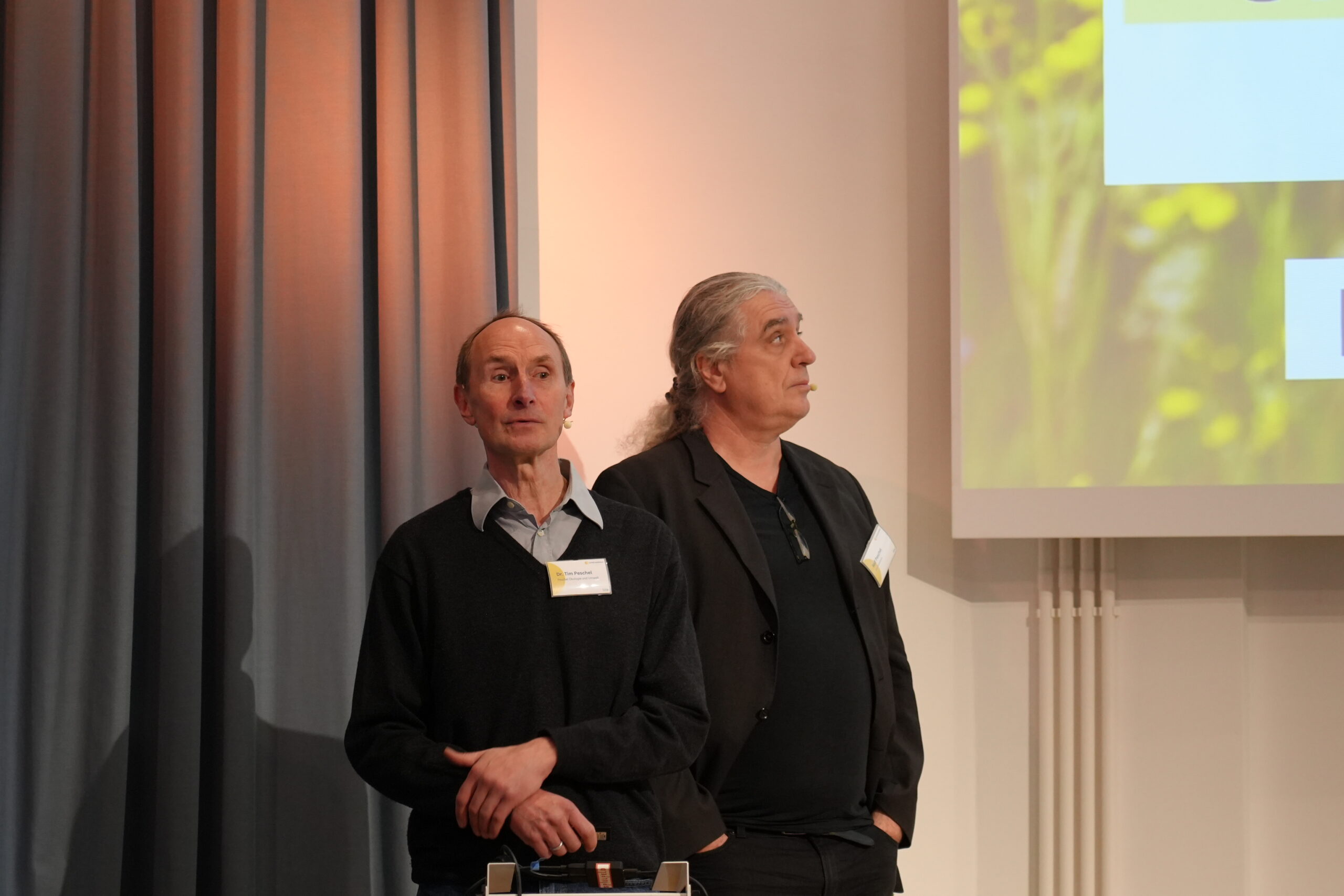
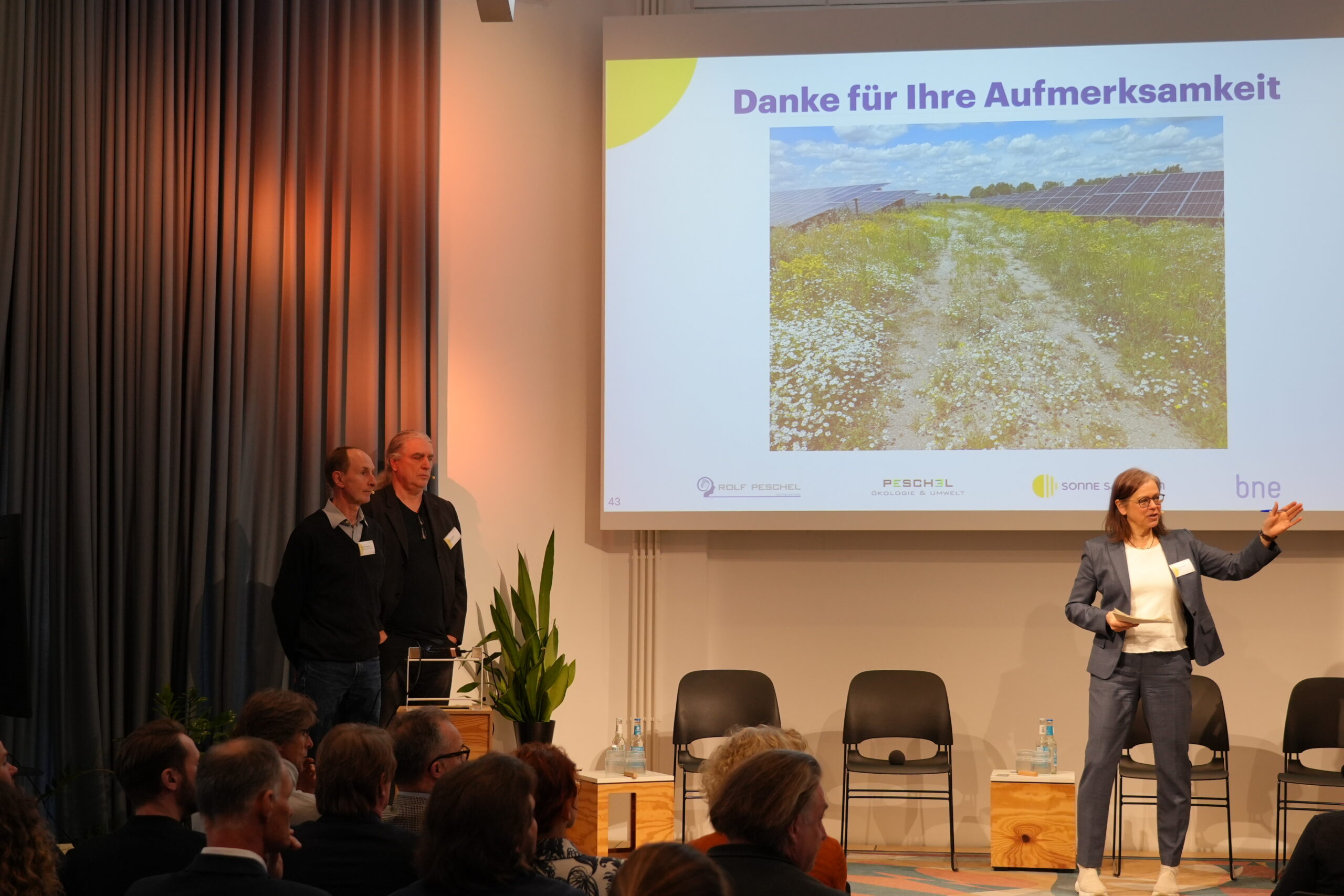
Picking up on the results of the study, moderator Dr Tanja Busse introduced the Panel discussion transferred. Under the Key question: "How can we ensure that the potential of species-rich solar parks is realised?" discussed Experts from nature conservation, business and politics the significance of the results. The different perspectives provided for Exciting insights and a Lively participation of the audience - both on site and online in the chat. You can find the recording of the panel discussion in the Media centre for the study.
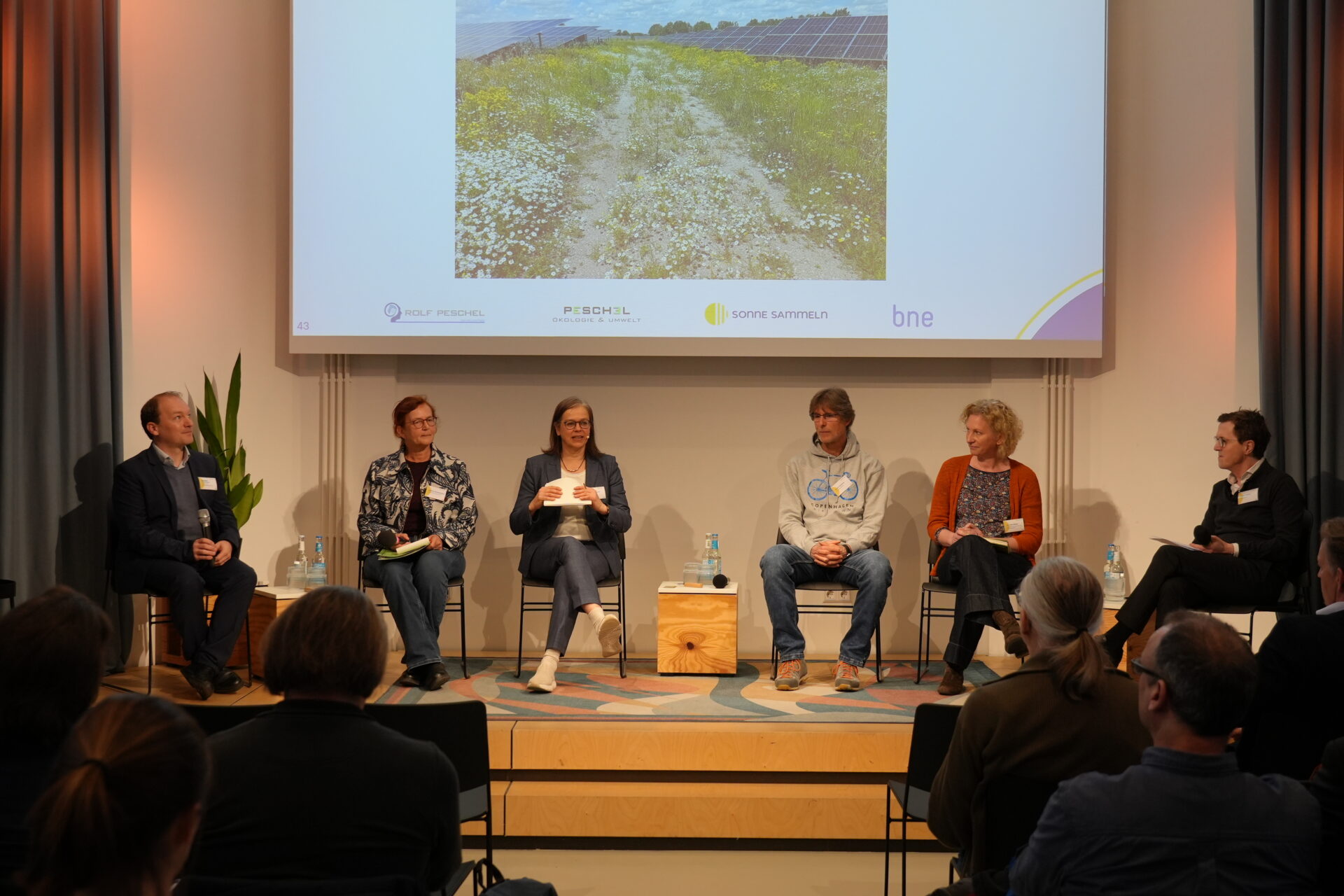
Panellists (from left to right):
Bernhard Strohmayer (bne), Kathrin Ammermann (BfN), Dr Tanja Busse (moderator), Hans-Joachim Sommer (UnB Teltow-Fläming), Dr Julia Wiehe (KNE) and Stefan Müller (ENERPARC AG).
Specialist presentations rounded off the conference day
In the afternoon in-depth technical presentations specific aspects of the study:
In the first session Biologist Matthias Stoefer from K&S Umweltgutachten a lecture on Birds in the solar parkbased on the results of the study and numerous investigations in the field. Here in particular to the skylark which are used in many solar parks detected in large numbers was.
Parallel to this Rolf Peschel and Dr Tim Peschel why and under what conditions Solar parks attractive habitats for flora and fauna can be.
After a communicative coffee break, the event concluded Dr Helmut Schumprecht with a lecture on Bats in the solar park to. Mr Schlumprecht has been involved with this group of species for many years and has Numerous analyses carried out.
The Study authors concluded the programme with a lecture on Planning-relevant informationresulting from the study. The main focus here was on the Importance of professional and correctly scheduled surface maintenance received.
The Recordings of the four technical presentations incl. slide sets can be found in the Media centre for the study.
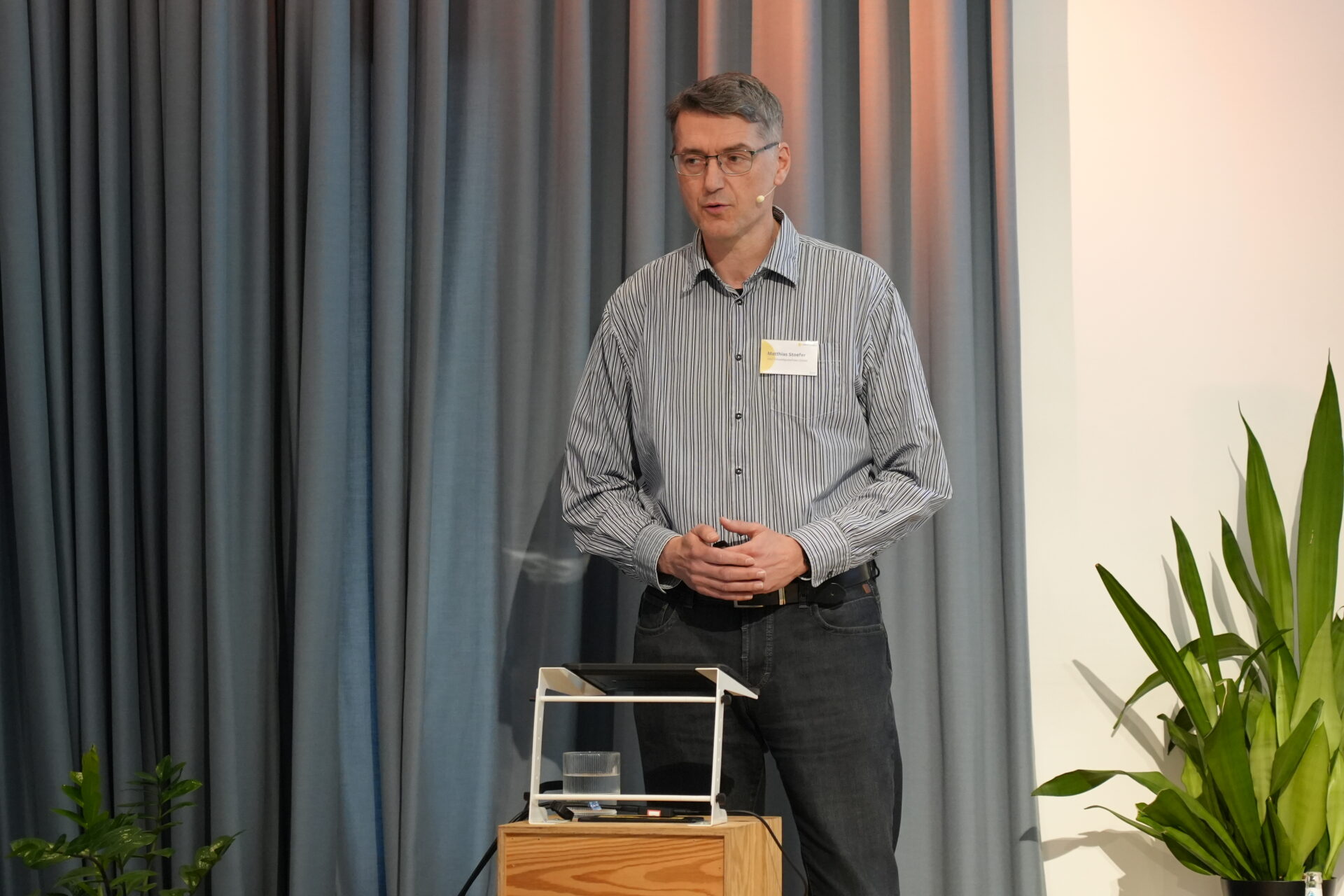
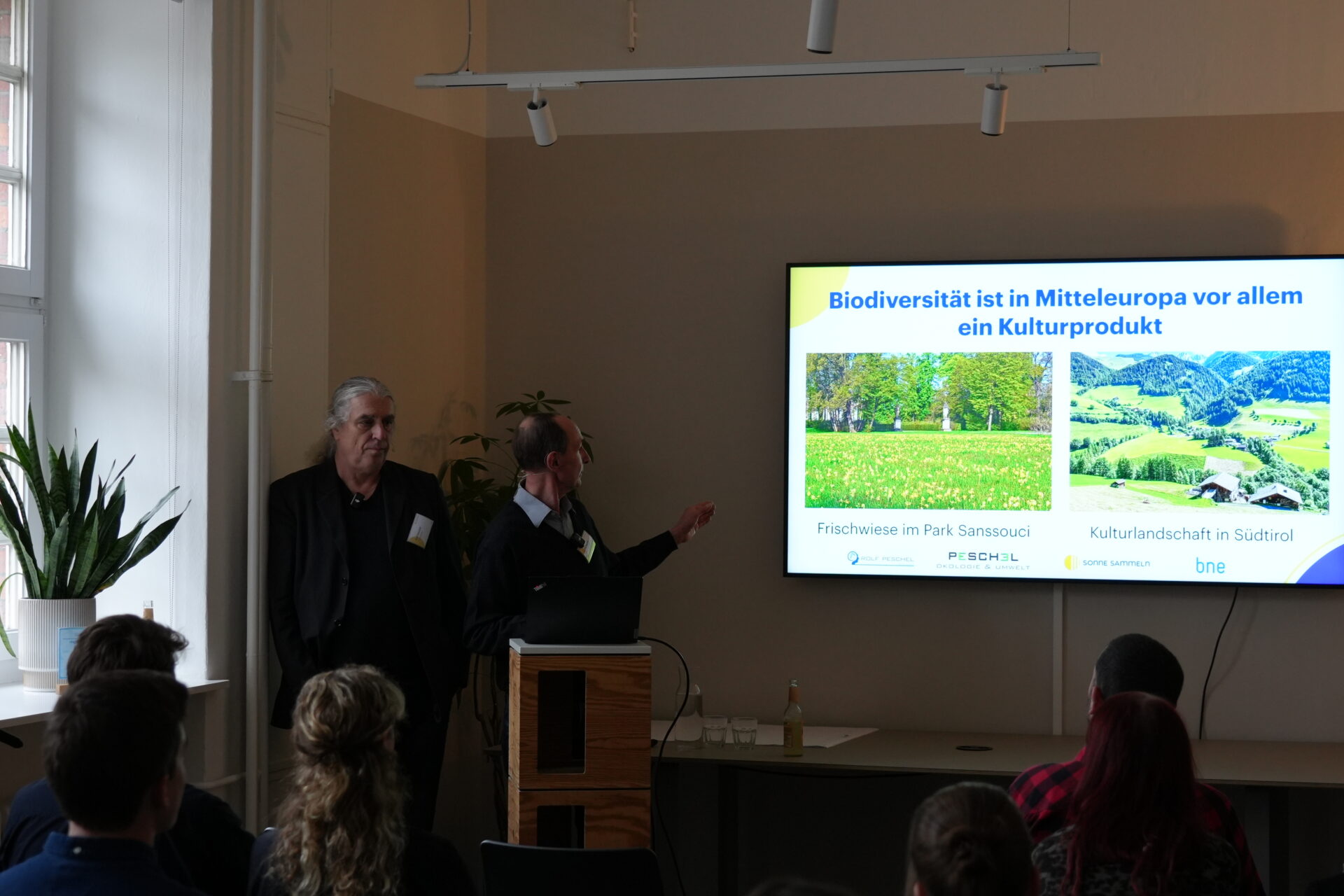
The Event was a great success and shows that our extensive field study is based on a presented on the big stage could be realised. We would like to thank all contributors and participants for their commitment.
Comprehensive study results
The Studycarried out by Dr Tim Peschel and Rolf Peschelis based on more than 100 individual examinations and documents impressive results: A total of 385 plant species, 30 grasshopper species, 36 butterfly species, three reptile species, 32 breeding bird species, 63 bird species as foraging guests and 13 bat species proven. In addition 13 dragonfly species and eight amphibian species. These findings show that Solar parks valuable habitats for numerous species - especially in our increasingly poorly structured cultural landscape. Well-planned and sustainably managed solar parks develop into real "Islands of biodiversity". Click here to go directly to the study results (soon available in English):

